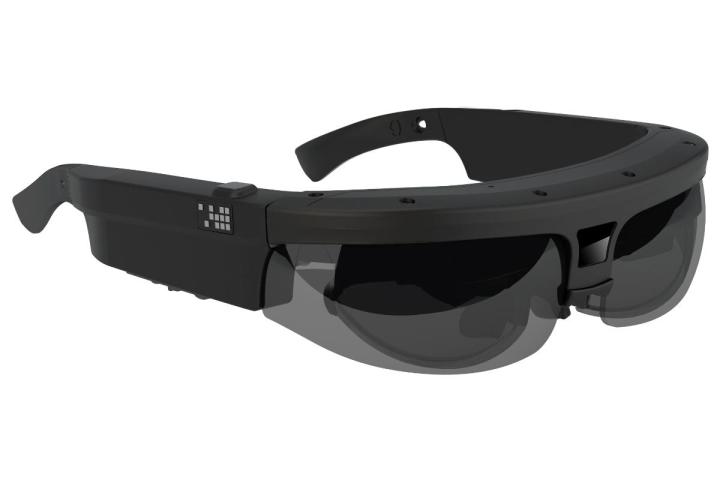
San Francisco-based ODG isn’t new to the world of smart glasses – on the contrary, the company has six years of experience developing its R-6 line of AR smart glasses for government and corporate partners. However, its latest iteration of smart glasses (yet to be named) is targeted at the consumer market with a price point below $1,000.
The details of ODG’s consumer-oriented smart glasses are sparse: They will be styled to look like a pair of Ray-Ban Wayfarer sunglasses, weigh 125 grams (about 0.28 pounds), support the Qualcomm Vuforia mobile vision platform (also supported by Samsung’s Gear VR), include positional sensors and run on an OS based on Android.
“Our intention is to deliver a state-of-the-art system in a consumer-friendly form that you can wear to do specific things your laptop, phone or tablet can’t, such as work privately on an airplane or train, watch 3D movies on a large screen in bright sunlight, play interactive 3D games, or obtain heads-up line-of-sight directions or instructions while keeping your hands free and your eyes engaged in your environment,” according to Pete Jameson, COO of ODG.
ODG’s R-6S smart glasses, which may offer a few clues about the company’s consumer-targeted smart glasses, look less conspicuous than Google Glass. The camera is positioned in between the two 720p stereoscopic see-through lenses, with the guts of the technology contained on the sides and atop the glasses. It runs on a 1,300mAH lithium-ion battery and has magnetic stereo audio ports with ear buds.
The company will unveil its consumer-ready smart glasses at CES 2015.


